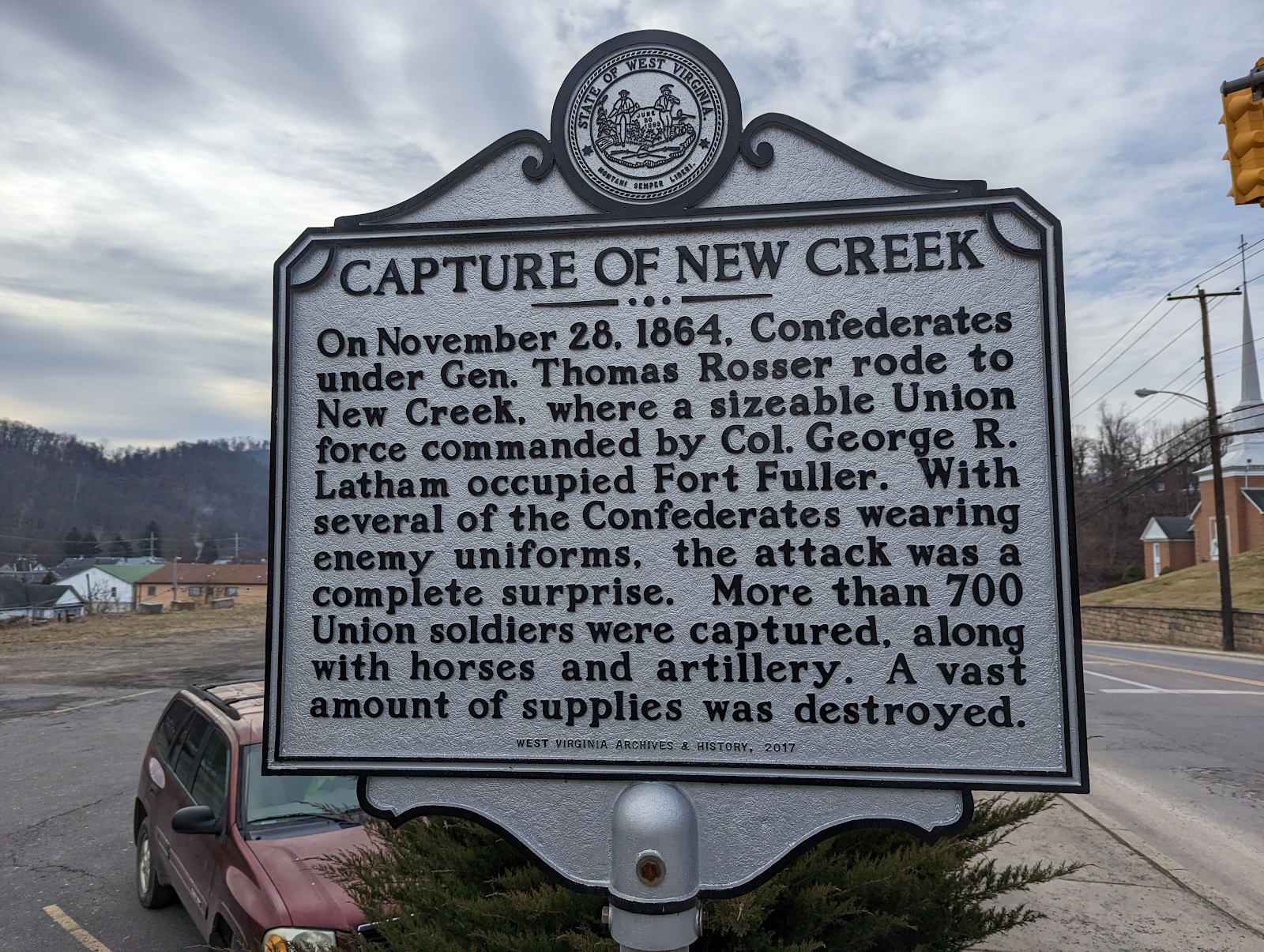June 28 and 29th, 1863 - Skirmish of Oyster's Point
June 28 and 29, 1863
The Skirmish of Oyster's Point (more like skirmishes)
Camp Hill, PA
Gen. William F. Smith: two militia regiments from New York and Landis’ Philadelphia Battery of Light Artillery
VS.
Ewell: Gen. Albert G. Jenkins
* Much of this skirmishing is just a distraction so Jenkins can observe and report on the Harrisburg defenses
* Several sources refer to it as a "small engagement" or a skirmish, hardly ever a battle- but it has got to be the furthest North-East that the Confederates ever got. Certainly these skirmishes at Oyster Point are further East than the other actions approaching Harrisburg, and represents their closest approach to the Northern capitol city.
* "the furthest northern point which was reached by the invaders, and marks the crest of the wave of the invasion of Pennsylvania" - or maybe that was Sporting Hill.
"Farthest advance of a body of Confederate troops toward Harrisburg. Southern units under General A. G. Jenkins of Ewell's Corps reached Oyster Point on June 28, 1863. On the next day defending militia faced them here in a skirmish in which both sides suffered casualties."
 |
| https://www.hmdb.org/m.asp?m=26520 |
The nearby community was known as White Hall, consisting of about a dozen homes. In the days before the Confederate arrival, Union militia had looted and plundered the local homes and farmsteads. 'It seemed as if our soldiers thought they were in an enemy’s country', recalled one exasperated local. 'The contents of the store of David Denlinger were strewn along the picket line... Packages of tea, coffee, muslin and calico could have been obtained... with but the asking for them...' The New Yorkers and Pennsylvanians alike freely took preservatives, meats and blankets, and frequently killed local livestock at their own decree.
Fighting at Oyster’s Point commenced in the early afternoon of June 28, 1863. Confederates lobbed artillery shells into the vicinity from the Peace Church and the Samuel Albright House on East 36th Street. Confederate skirmishers were countered both north and south of the Pike by Union pickets, and the lines moved back and forth throughout the afternoon, with skirmishing primarily between the 3100 and 3300 blocks of Market Street. On June 29, General Jenkins was under orders to scout the defenses of Harrisburg and inform the infantry in Carlisle, and therefore devised a ruse. For about two hours he bombarded the Union position, and then some Confederates on horseback charged down the Pike, driving back frightened Union militia, and getting as far as Limekiln Lane (present-day 28th Street, Camp Hill). This marked the furthest advance towards Harrisburg by any Confederate force. They remained under fire for at least another hour, effectively occupying the Union attention while General Jenkins rode south to observe the defenses of Harrisburg."
 |
| https://www.hmdb.org/m.asp?m=167852 |
At age 16, students were graduated and sent into the world, thus known as ‘Sixteeners”. The White Hall School closed in 1890 when enrollment became too small, and the remaining students were sent to other schools. The alumni “Sixteeners” of the White Hall School erected a small monument to the school in 1926 in Willow Park. originally, there was a small statue of a student in a military uniform on the top of the monument, but it disappeared years ago.'
The original 1926 monument described in the sign text is right alongside it, but somehow doesn't get it's own entry in the Historic Marker database?
 |
| https://www.hmdb.org/m.asp?m=26957 |
 |
| Same headquarters for much of the campaign threatening Harrisburg |
This signage from across the river in the city summarizes the threats and defenses of Harrisburg in June 1863:
Informative blog entry on the skirmish that I stole the "northernmost" quote from:
https://housedivided.dickinson.edu/sites/blogdivided/2010/09/07/skirmish-at-oyster-point-june-1863/









Comments
Post a Comment